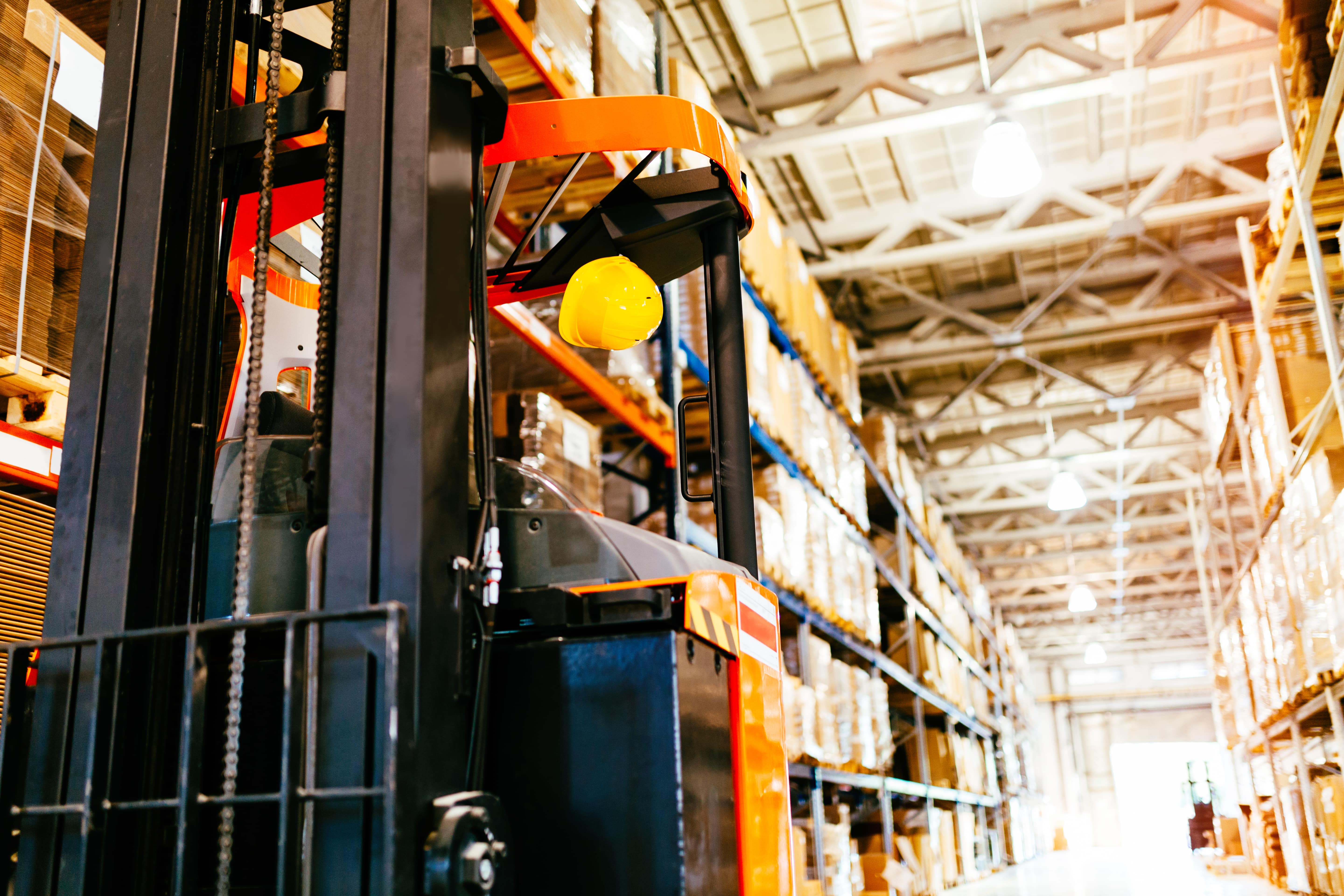As global supply chains become increasingly interconnected, the dual priorities of resilience and sustainability have moved to the forefront of strategic planning.

As global supply chains become increasingly interconnected, the dual priorities of resilience and sustainability have moved to the forefront of strategic planning. Organizations can no longer afford to treat these goals as separate initiatives. Instead, the most forward-thinking supply chains are integrating resilience and sustainability into a unified strategy, creating ecosystems capable of withstanding disruptions while advancing environmental, social, and governance (ESG) objectives.
This convergence reflects a growing recognition that supply chain resilience—ensuring continuity in the face of disruptions—and sustainability—minimizing environmental and societal impact—are deeply interdependent. By leveraging advanced technologies such as AI-Enabled Digital Twins, companies can align these priorities, creating supply chains that are both future-ready and responsible.
While sustainability initiatives often promise long-term value, they may involve higher upfront costs, such as investing in renewable energy, sustainable materials, or ethical sourcing practices. For instance, shifting to low-emission transportation modes may increase short-term logistics expenses. Balancing these investments with the need to maintain cost competitiveness is a persistent challenge for supply chain leaders.
Measuring the environmental and social impact of a supply chain requires end-to-end visibility, but many organizations lack the tools or data to track key metrics like carbon emissions, water usage, or labor conditions. For example, a company may know the energy usage at its own facilities but lack insight into the sustainability practices of its suppliers, leading to gaps in ESG reporting.
Disruptions such as natural disasters or geopolitical events often force organizations to make trade-offs between resilience and sustainability. For instance, during a supply shortage, a company might prioritize sourcing from the nearest available supplier to maintain production, even if that supplier does not meet its sustainability standards.
Accurate tracking of greenhouse gas emissions across all three scopes is a critical yet challenging aspect of integrating sustainability into supply chains. Scope 1 emissions, which are direct emissions from owned operations, are often easier to measure, but Scopes 2 and 3—covering indirect emissions from energy use and upstream or downstream activities—require detailed data from suppliers, logistics providers, and other partners. For example, a manufacturer may track the energy usage of its facilities (Scope 2) but lack visibility into the emissions generated by its suppliers' production processes (Scope 3). This data gap limits the organization’s ability to set and meet comprehensive sustainability goals, complicating compliance with regulations and ESG reporting requirements.
Many organizations struggle to identify inefficiencies or missed opportunities to enhance both resilience and sustainability. For instance, inefficient transportation routes not only increase costs but also result in higher carbon emissions—representing a missed opportunity to align financial and environmental goals.
AI-Enabled Digital Twins create a comprehensive, real-time view of supply chain operations, incorporating both resilience and sustainability metrics. For example, a procurement manager can evaluate supplier options not only on cost and lead times but also on carbon footprints and compliance with sustainability standards. This unified perspective enables balanced decision-making that supports both operational continuity and ESG objectives.
When disruptions occur, AI-Enabled Digital Twins use scenario modeling to propose solutions that prioritize sustainability alongside resilience. For instance, if a natural disaster disrupts a key supplier, the digital twin can suggest alternative suppliers based on proximity, sustainability certifications, and delivery timelines, ensuring that both operational and environmental goals are met.
Transportation is a major contributor to supply chain emissions, and AI-Enabled Digital Twins can optimize routes and modes to minimize environmental impact while maintaining resilience. For example, a logistics manager can identify routes that balance cost, delivery speed, and emissions, shifting freight to rail or other low-carbon options without compromising delivery schedules.
By tracking sustainability metrics in real-time, AI-Enabled Digital Twins simplify compliance with evolving regulations and support transparent ESG reporting. For example, a company required to report on Scope 3 emissions can use the digital twin to aggregate data across suppliers and logistics providers, ensuring accurate and efficient reporting.
AI-Enabled Digital Twins analyze supply chain operations to identify inefficiencies and untapped opportunities for sustainability improvements. For instance, the technology might reveal that consolidating shipments from multiple suppliers could reduce transportation emissions while lowering costs. This data-driven approach ensures that sustainability and resilience initiatives deliver maximum impact.
Future-proofing supply chains requires organizations to think beyond immediate challenges and adopt strategies that integrate resilience with sustainability. AI-Enabled Digital Twins provide the technological foundation to achieve this alignment, delivering the visibility, insights, and optimization needed to balance operational continuity with environmental and societal goals. By embracing this convergence, organizations can not only navigate disruptions with agility but also lead the way in creating supply chains that are as responsible as they are resilient.
Test your own scenarios with TADA’s Clean TO! Build and see the impact in minutes.
Try TADA Clean TO! Build
Test your own scenarios with TADA’s RM Inventory Manager and see the impact in minutes.
Try RM Inventory Manager

Use TADA’s Tariff Manager to model costs, build agility, and protect margins.
Try the Tariff Manager
Test your own scenarios with TADA’s Tariff Manager and see the impact in minutes.
Try the Tariff Managerest your own scenarios with TADA’s RM Inventory! Manager and see the impact in minutes.
TRY RM Inventory! Manager